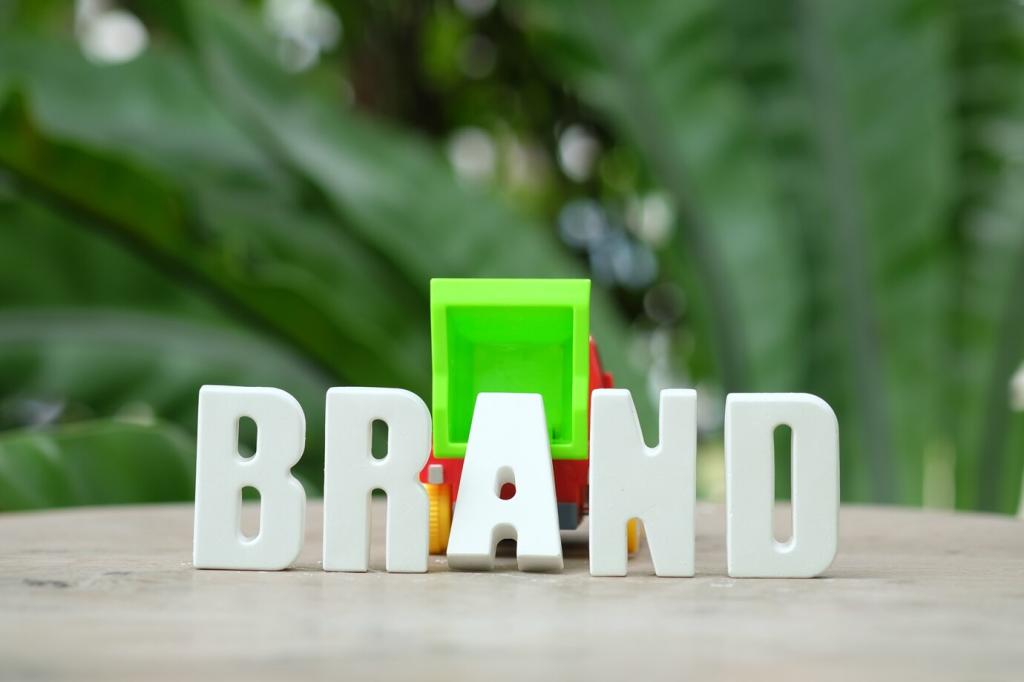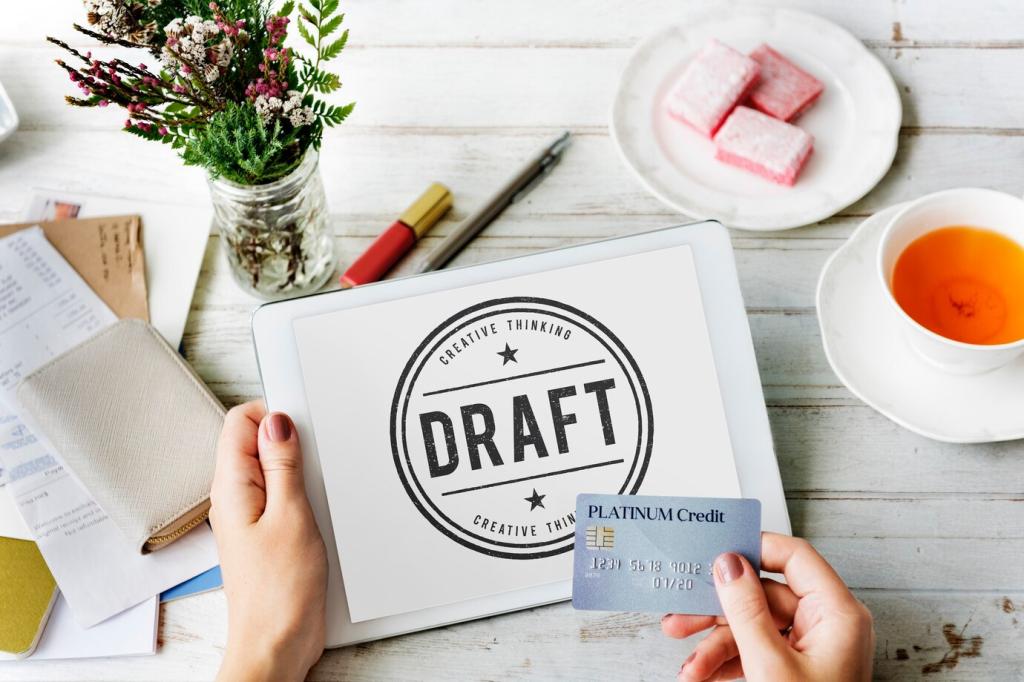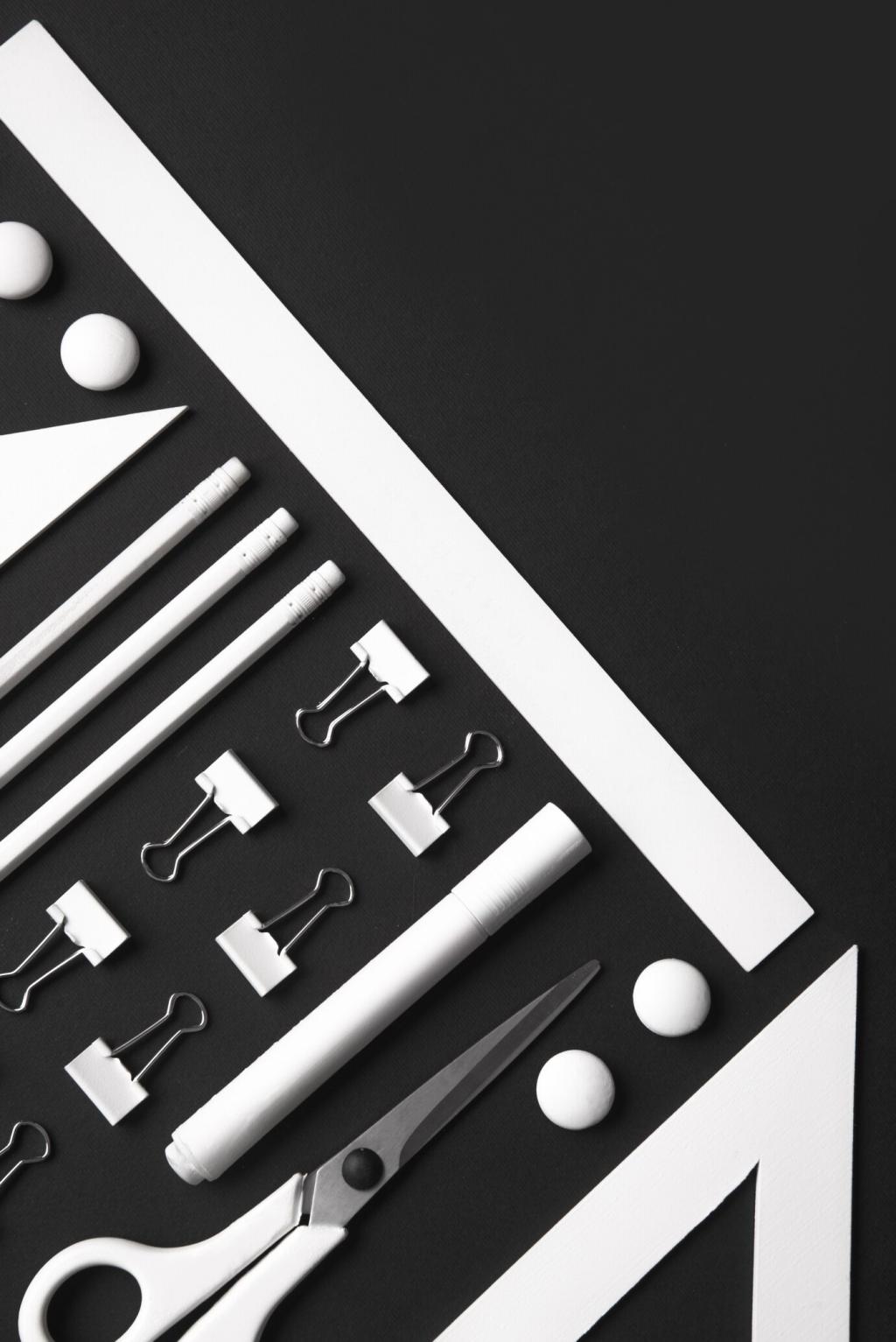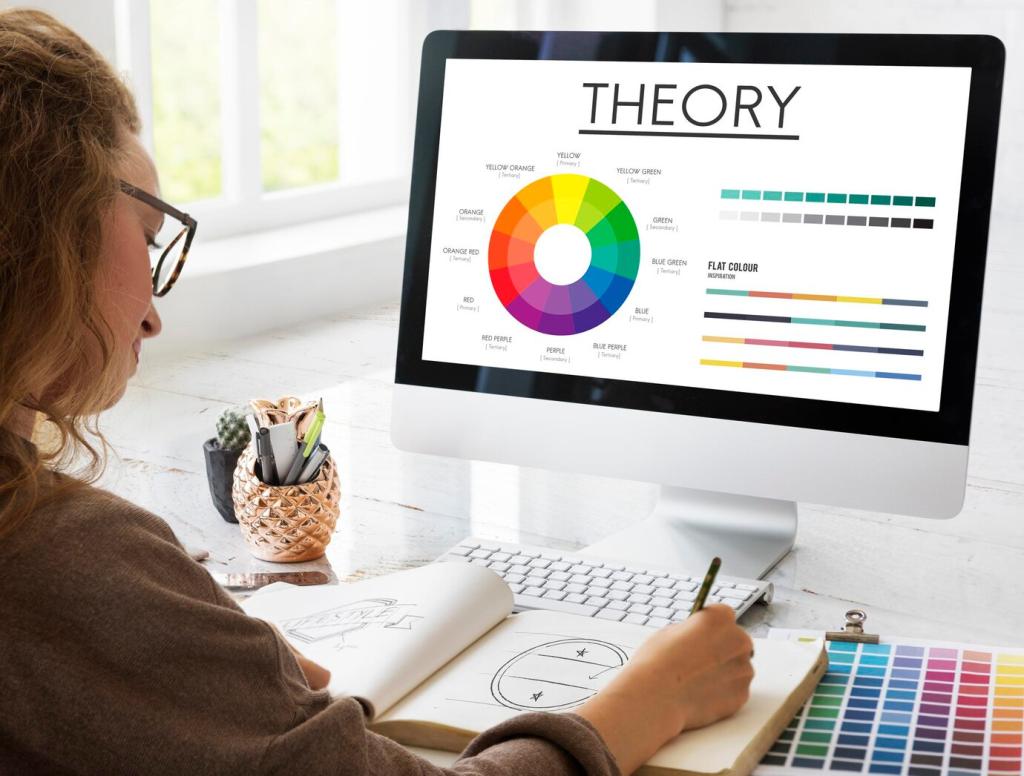Emotional Appeal in Interior Design Copywriting
Today’s chosen theme: Emotional Appeal in Interior Design Copywriting. Step into a space where words curate atmosphere, memories guide messaging, and every sentence feels like opening a window to light. Join us—subscribe, comment, and tell us which feelings your rooms should evoke.
The Psychology of Feeling at Home
We Decide with Feelings First
Neuroscience shows emotions lead while reason follows, which is why Emotional Appeal in Interior Design Copywriting matters. Use sensory cues that echo comfort—softness, warmth, ease—then invite readers to imagine themselves exhaling there. Share your story in the comments.
Color, Texture, and Diction Work Together
Words can mirror materials: buttery leather, dappled light, linen-calm. Pair visual palettes with language palettes to anchor mood. When color theory says serenity, let your copy hum along. Tell us which textures your brand voice should feel like, and subscribe for more guidance.
Mirror Neurons and Imagined Comfort
Action and sensation verbs help readers simulate experiences—sink into, brush past, sun-warmed. Emotional Appeal in Interior Design Copywriting turns imagined touch into trust. Try a paragraph that lets readers ‘arrive’ at dusk, then ask for feedback on the feeling it created.
Treat language like finishes: choose verbs with tactility—muffle, cradle, glimmer—to embody Emotional Appeal in Interior Design Copywriting. Swap abstractions for sensation so comfort becomes tangible. Post a sentence using three sensory verbs and ask followers which one felt most true.
Voice and Tone That Hug the Reader
Are you the Nurturer, the Minimalist Sage, or the Earthy Curator? Align tone with an archetype to stabilize mood. A nurturing studio might favor lilted reassurance; a sage brand, measured clarity. Comment your archetype and why it suits your design philosophy.
Voice and Tone That Hug the Reader
Narratives That Let Rooms Breathe
Begin where the body lands: the hush at the door, a faint citrus note, evening sun pooling on oak. Emotional Appeal in Interior Design Copywriting choreographs this scene so readers feel present. Draft your ‘arrival’ sentence and invite comments on the mood it conjures.


Narratives That Let Rooms Breathe
Use Problem–Agitate–Solve softly: name the friction, magnify the feeling, resolve with design. Replace panic with relief—clutter becomes calm, echo becomes embrace. Share your PAS rewrite and ask subscribers whether the emotional shift felt authentic or forced.
Microcopy That Quietly Warms Every Touchpoint
Replace technical shorthand with feeling: not ‘north-facing window,’ but ‘morning light that forgives Monday.’ This is Emotional Appeal in Interior Design Copywriting in miniature. Post two caption versions and ask your audience which one made them breathe slower.
Swap ‘Submit’ for ‘Step Inside,’ ‘Learn More’ for ‘Take a Quiet Look.’ Invitations lower defenses and heighten curiosity. Share three CTA rewrites and poll subscribers on which felt most natural to click without pressure.
Guide gently: ‘We’ll reply within two days,’ ‘No moodboard yet? We’ll help you gather one.’ Emotional Appeal in Interior Design Copywriting reduces uncertainty. Ask readers which phrase eased resistance, and invite them to suggest comforting alternatives.
From Moodboard to Message
01
For boucle, think ‘clouded hush’; for walnut, ‘amber gravity’; for limestone, ‘cooled daylight.’ Emotional Appeal in Interior Design Copywriting connects materials to moodwords. Share your favorite pairing and subscribe to receive a printable moodword glossary.
02
Trade ‘Palette A’ for ‘Rain After Market Day’ or ‘Library at Golden Hour.’ Poetic names become mnemonic and emotive. Post a palette name you coined and invite readers to vote on the feeling it triggers.
03
Write for sound, scent, and touch: rug whisper, lemon rind, handrail warmth. Cross-sensory lines deepen immersion and trust. Ask your audience which non-visual cue they want more of in descriptions, and encourage them to share a memory it unlocks.

Avoid elitist shorthand. Replace ‘luxury-only’ claims with feelings anyone can recognize—rested, grounded, seen. Emotional Appeal in Interior Design Copywriting thrives on belonging. Comment with phrases that excluded you before, and how you’d rewrite them to invite.

Describe ease: clear pathways, glare-softened worktops, contrast that calms the eye. Emotion follows access. Invite readers using assistive tech to share which word choices help them imagine spaces comfortably, and commit to refining your copy accordingly.

Let evidence be evocative: acoustic tests that made a nursery hush, daylight studies that eased afternoon fatigue. Use quiet urgency—‘Begin before spring light returns.’ Ask subscribers which proof points feel human, and suggest ones they’d trust most.
